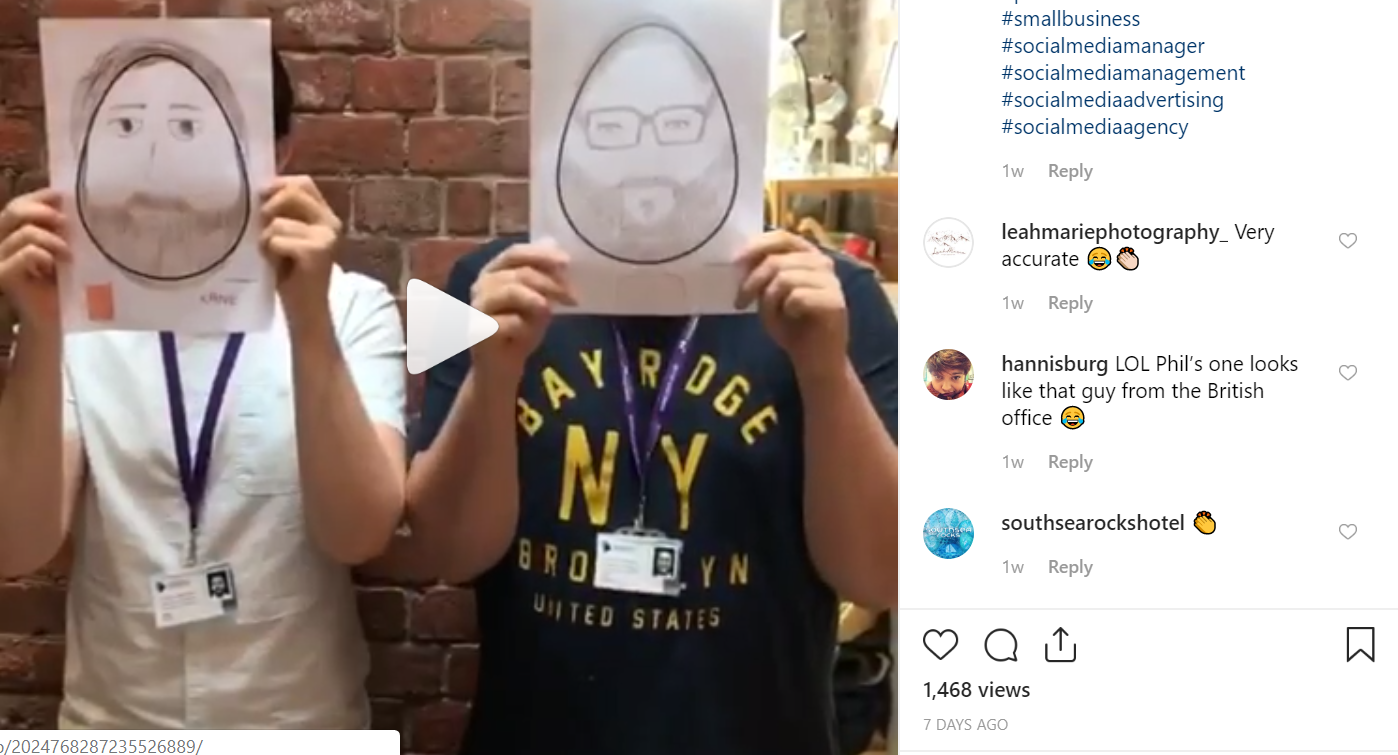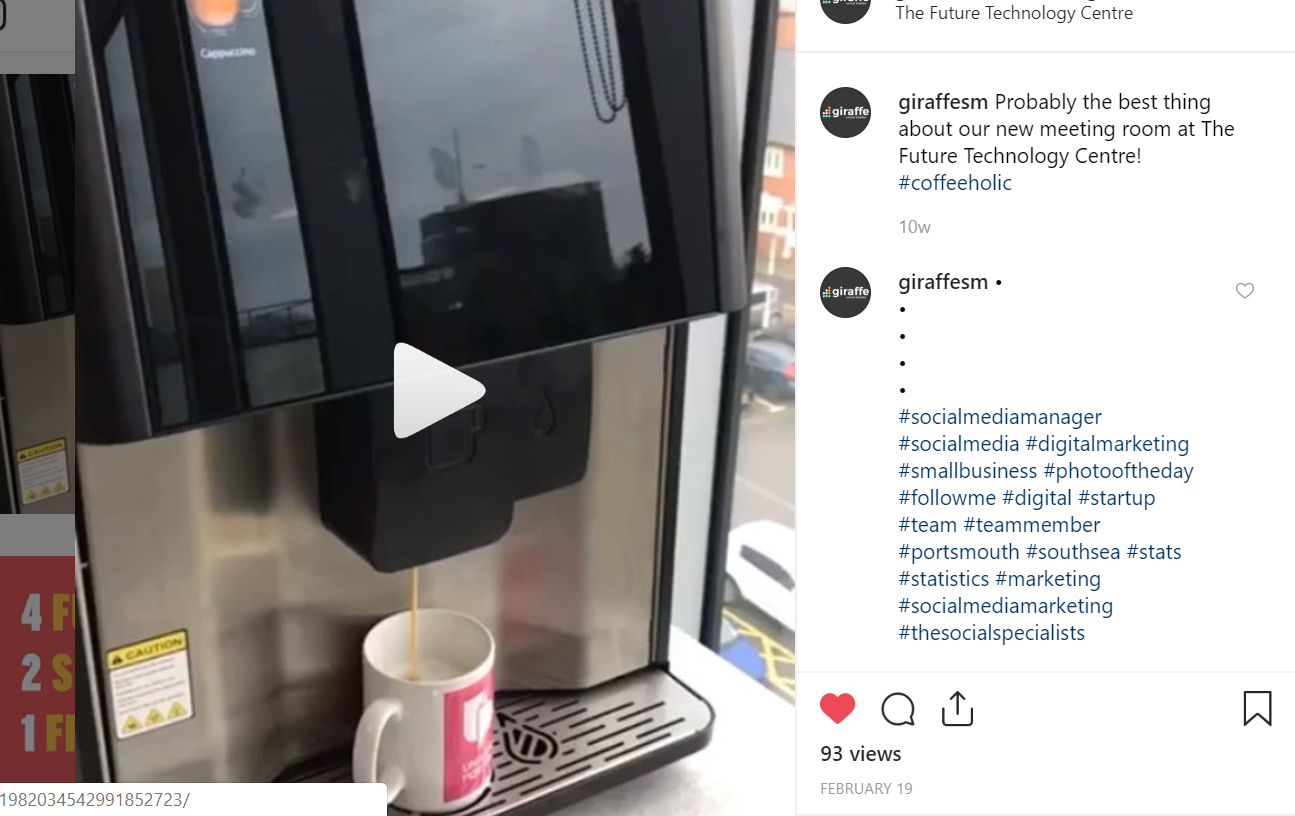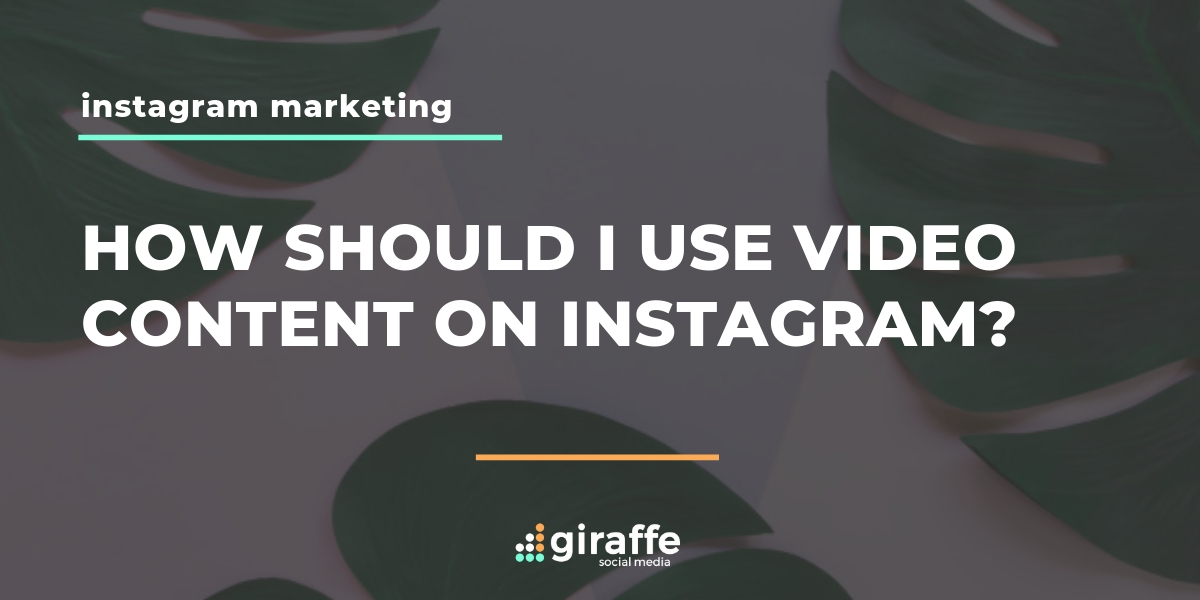It’s hard now to imagine a world without video content on Instagram, as it’s become a popular platform to share fitness tips, new product launches and reveal the gender of users’ babies all over the world.
However, with social media forever growing and evolving it can be hard to keep up to date with how to maximise the positive effects of video content for your brand.
When Did Video Content Come to Instagram?
Video made its first appearance on the social media site in 2013, where the CEO announced the new format coming to Instagram at a conference. In the feature’s primary stages, videos were limited to being only fifteen seconds long, which wasn’t a lot of time at all compared to the lengthy one minute users have now. Instagram launched video around the same time Twitter’s similar video platform Vine was popular – coincidence? We think not.
Back in 2013, video was becoming increasingly popular and social media platforms were trying to work out the best way to host the content on their sites as they battled with data speed limitations and the length a video on social media should be. The CEO of Instagram stated at the time that video was a difficult medium to manage successfully as it is consumed at a fast pace – the pace that social media typically goes at.
However, it seems Instagram got it right as it beat its competitors and in January 2017 Vine was shut down for good. Coincidentally, back in the early months of 2016, Instagram had finally introduced its longer video length, allowing content to be up to sixty seconds long – the norm for today – which may well have triggered the demise of its ‘platform for short videos’ competition.
Why Should My Business Use Video Content on Instagram?
Video content has always been known for its high levels of engagement as its interactive and unlike just a normal single image with copy post. You can be provided with a lot more information visually and through audio, which matches the demands of today’s generation which want data and info quickly.
Also, Later stated that in 2019, 81% of businesses were using videos as a marketing tool, so it’s vital you’re not in the 19% that are ignoring all the benefits it can bring to your brand. Animto even found in their research that Instagram saw the largest increase in purchases compared to other social media platforms like Facebook and Youtube, because of video.
What Kind of Video Content Should I Use?
A big debate throughout video content history is the length your visual content should be – long, short, somewhere in the middle? Everyone will tell you a different story, so it’s best to just try out different video lengths and see what works the best for your brand. For example, make up artists will attract an audience that want to see the exact methods of putting on foundation and eyeshadow, so the videos can afford to be longer. Whereas, an audience for a business that’s advertising living room furniture may simply just want a quick video of someone jumping onto a sofa and getting comfortable. Finding the content that suits you, your brand and your audience will always be a series of trials and errors.
Over the years Instagram has been continuously developing the platform for video content and has added it to its newer features for more engagement and interaction across the platform:
Stories
In 2016, Instagram gave life to its Stories feature which allowed users to post photos and videos that would disappear within twenty-four hours, taking inspiration from Snapchat’s disappearing content. This allows brands to put their video content at the top of their followers’ feeds, giving it the chance to get noticed and interacted with more. You can also add location, text and stickers to your video to highlight key aspects or to make it stand out. Although you can post a thirty second video on your feed, you are limited to only fifteen seconds on your Story, so make sure it’s snappy, informative and precise.
Live
It seems 2016 was a busy year for the photo and video sharing app, as Instagram also introduced the ability to go live and stream videos in real-time, including in users’ Stories. Live videos make people notice and can be used for Q&As in real life, tutorials on how to use your product and allows your audience to ask you questions. Live videos can be a great way to get any feedback on your brand and hear from your customers themselves.
How to Use Video Content for Your Business
Whether you’re a business that sells protein shakes, a new clothing brand ready to launch or a quirky London restaurant that only sells hotdogs, you can all benefit from sharing video content on Instagram, either on your feed or through their Stories feature.
Video content can serve as a backstage pass to your business, with your audience getting a behind-the-scenes look at how your company works. This is a good chance to share videos of your team members and staff to give your brand a more human and personal presence on social media.

You can share testimonials and reviews from people who have used your product. Also, you can post videos of people using your product or service and even encourage people to send in videos of them using it that you can share too. Simply ask customers or clients to tag you in their post or send it to a specific email address, where you’ll promise to upload it and credit them. Users are likely to do this if it means their work gets shown to a wider audience or if they want to reach different clientele themselves.
Videos allow relationships to be built, and although some of them should be salesy, it’s important you include some content that’s informative and helpful and doesn’t push your product in your audience’s faces every day. Remember to reply to all comments on your videos to generate as much engagement as possible and comment with a series of hashtags to make sure your video reaches as many people organically as it can too!
Advertising Video Content
Videos are also a great post type to promote too, with the ability to promote videos both into people’s feeds and as they click through their friends’ Stories. Instagram is constantly updating and improving its advertising features with video in mind.
According to AdEspresso, the best types of videos that get successful results are: branding videos, which talk about your business and raise awareness of your brand – they also usually promote a unique selling point of the product or service you sell too; product videos, which focus on the products themselves and explain how and why they would change your life if you purchased them (pictured below is our office coffee machine, although it’s not our actual product, a video promoting one would look pretty similar); tutorial videos, which highlight how to utilise the product efficiently in everyday life, without focusing solely on the features – these videos have to add value and help the individual in some way and lastly are educational videos, which may not include your products at all but are related to your industry and provide some useful information for your audience.

The Future of Video Content
Who knows what the future holds for video content on Instagram? However, we can probably expect another increase in length and new features allowing users, businesses and advertisers to do even more with their videos.
Remember to make your videos worthwhile and useful – provide your audience with interesting and enlightening content you’d want to watch yourself.





